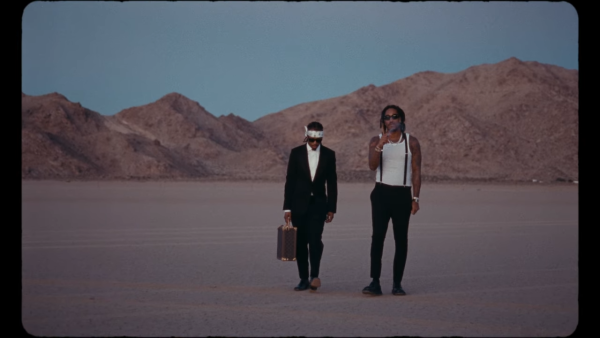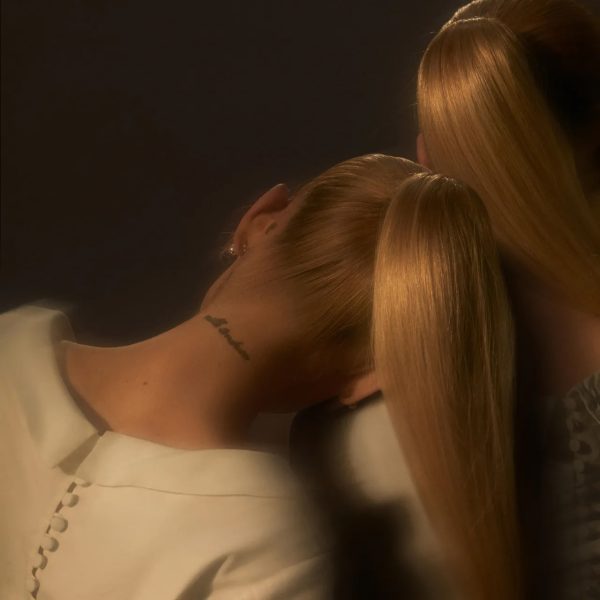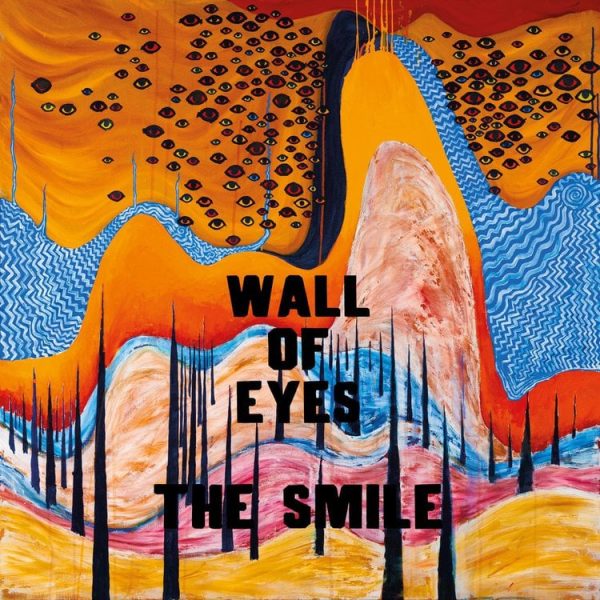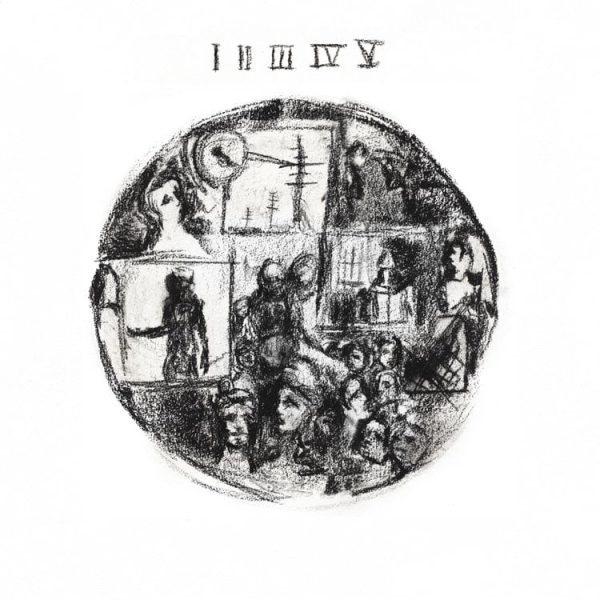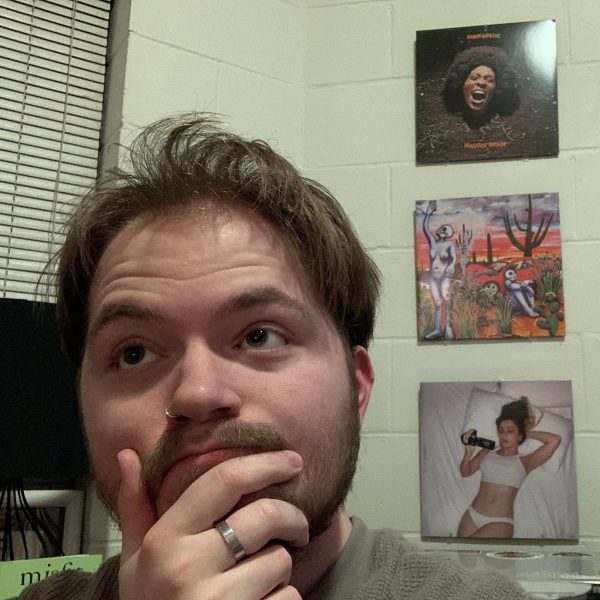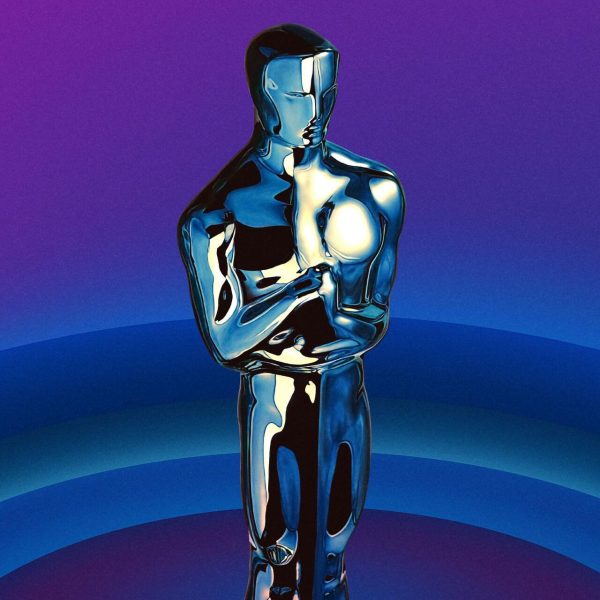History of Movie Monsters

From Dracula to zombies, movie monsters have captivated and terrorized the minds of millions around the world for over one-hundred years.
In 1915, Germany introduced expressionism in film and became the first country to depict monsters in silent films. Film makers drew inspiration from artists of the time to depict the terrifying. Its most well-known monster is Count Orlok played by Max Schreck in “Nosferatu” (1922). The objective of those films were to physically look frightening to the eye, an effect that Lon Chaney Sr. had mastered in his body of work.
One of the most influential actors in American Horror is Lon Chaney Sr. He was known as the man of a thousand faces. He is also well-known for performing in classic movies such as “The Hunchback of Notre Dame” (1923) and “The Phantom of the Opera” (1925). While preparing for the flick, Chaney would often provide his own make-up for whatever role he was playing. The results not only call to attention the lives of aspiring make-up artists and actors alike, but they also made for a pretty good scare. In fact, during “The Phantom of the Opera’s” release, all photographs of the unmasked phantom were either covered with black ink or not shown at all. This tactic was to create the full horrifying effect seen in the film.
A combination of Chaney’s talent and influence of expressionism had formed the movie monsters. The first monster flicks that came from Hollywood to the silver screen were “Dracula” and “Frankenstein.” Both films were released in 1931 and were made in Universal Studios. Both monsters were portrayed by Bela Lugosi and Boris Karloff, respectively.
Despite” Nosferatu’s” heavy influence from Bram Stoker’s original novel, “Dracula” is different. Unlike Schreck, Lugosi’s incarnation of Count Dracula aimed at using mystery and shadow to terrorize the audience. He did not need terrifying makeup to strike fear into the hearts of moviegoers. He used a mysterious accent and slow, graceful movements to ensnare his victims.
While Lugosi’s portrayal of Count Dracula used Venus Fly Trap mannerisms to terrify an audience, Karloff’s performance of Dr. Frankenstein’s monster comes across as more sympathetic. Although Jack Pierce’s makeup made the character appear to be frightening, Karloff’s acting conveyed a matter somewhat different. The creature caused destruction throughout the movie, yet he doesn’t fully grasp what it means to be human.
In 1933, the focus of just humans putting make-up and resembling monsters shifted slightly with the release of “King Kong.” Although the idea of people portraying monsters had not been entirely abandoned, actual monsters invading close to home seem to hit closer to fearing the unknown. Being a huge force that poses as a threat to human civilization kept the audience at the edge of their seats.
With the success of “King Kong,” many films, such as “Godzilla,” “The Beast from 20,000 Fathoms,” and “It Came from Beneath the Sea” have followed a similar pattern. In Godzilla’s case, he is so dangerous that even if the military attempts to destroy the creature, not only is he indestructible, but he can also decimate it with nuclear fire breath. The fear factor would increase knowing that the monsters can’t be stopped.
The evolutionary movie monster came full circle in advent of the undead. In 1968, the zombie craze was introduced through George A. Romero’s “Night of the Living Dead.” Now the monsters are not only human, but they will stop at nothing until they have what is rightfully theirs: human flesh and brains.
Since that time, many monsters have terrified millions around the world with scary imagery or scary means of accomplishing what they want. As the genre continues to evolve, monster flicks have grown to terrorize the human mind, but it also got it to think on what qualifies as monsters. The examples shown is only an iota of what it means to scare, and there is no doubt that there will be plenty more monsters to fear in the future.

